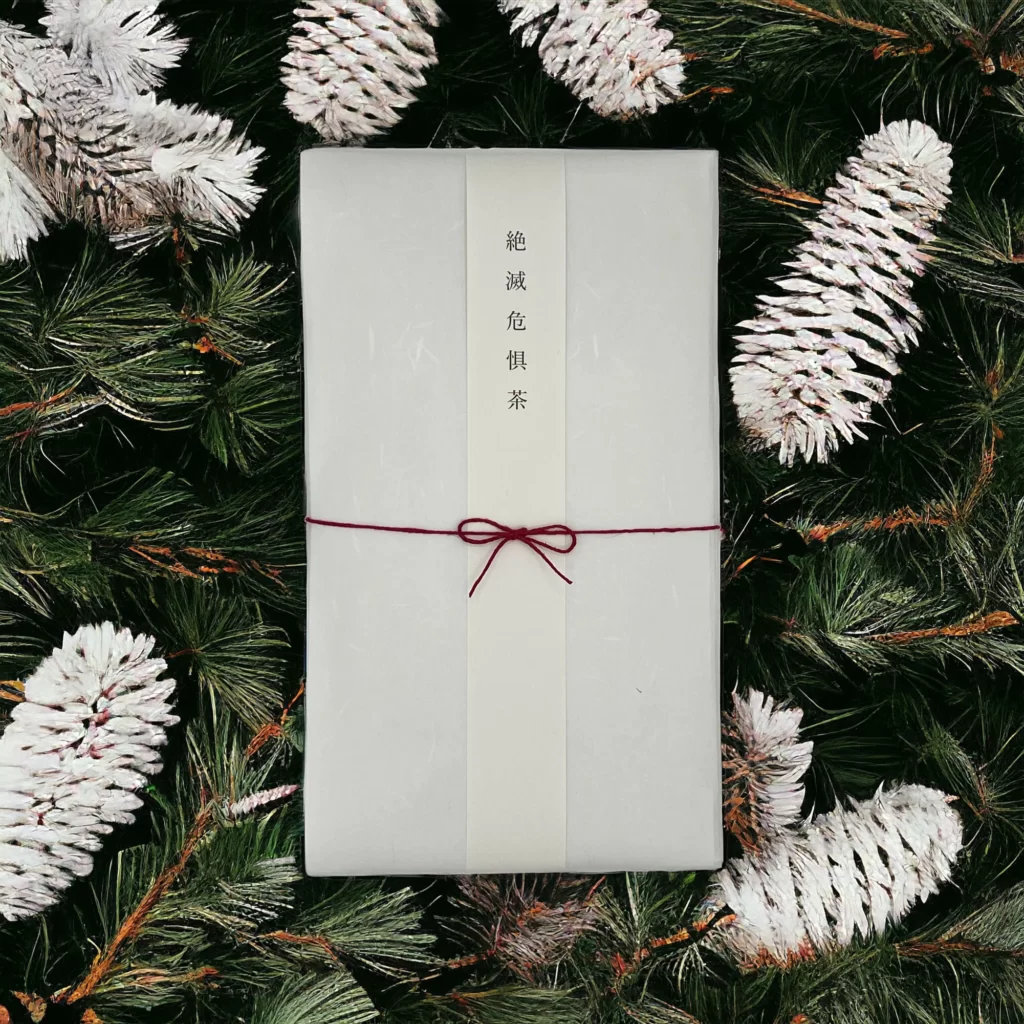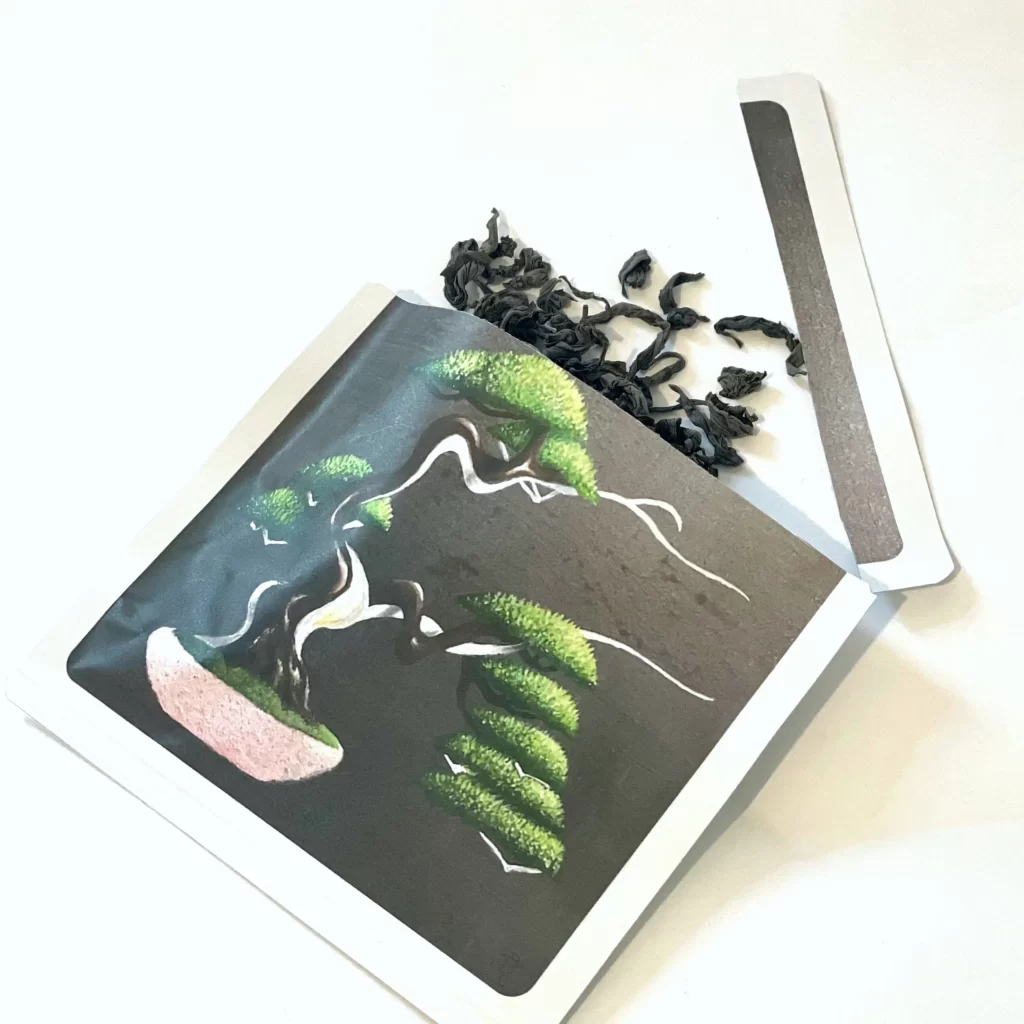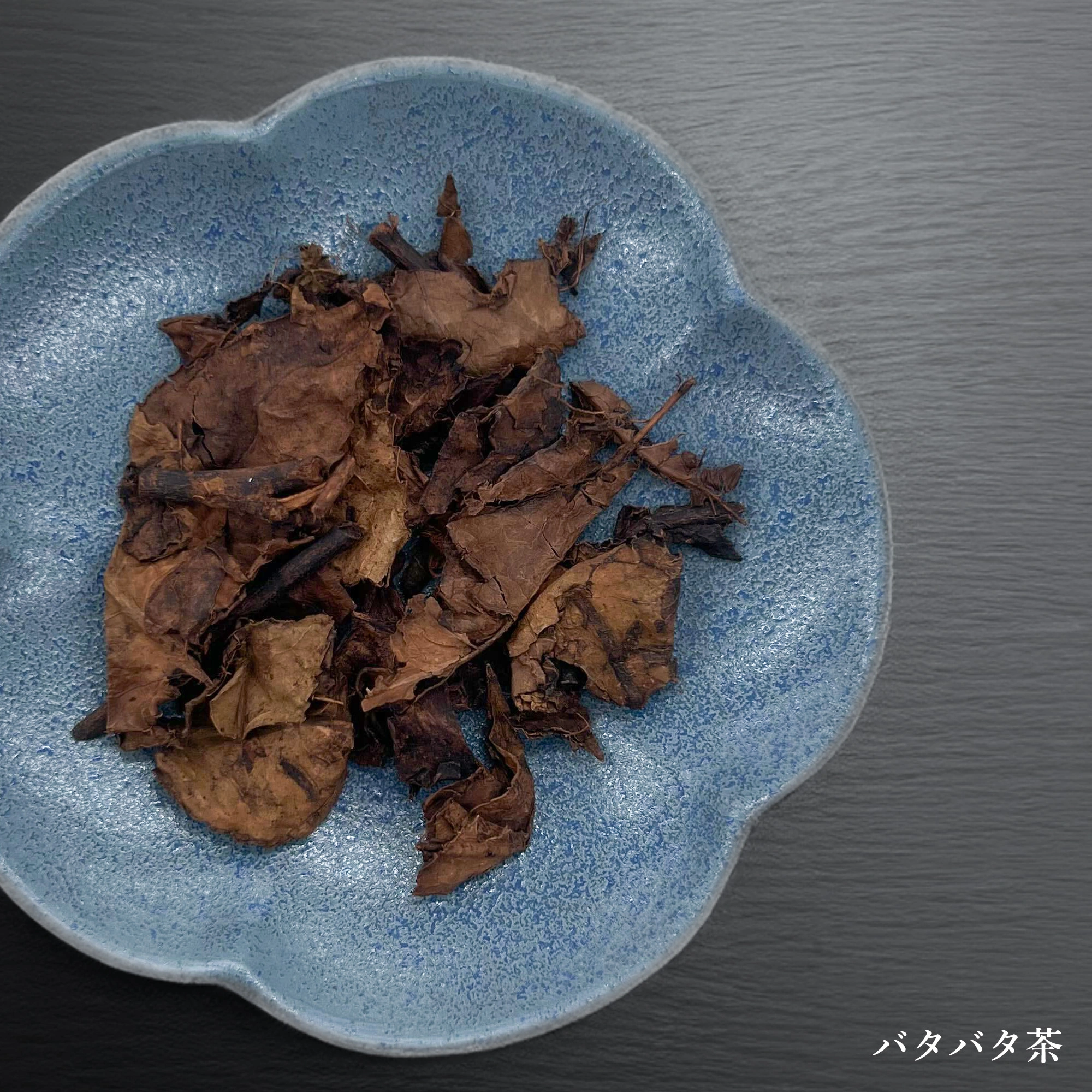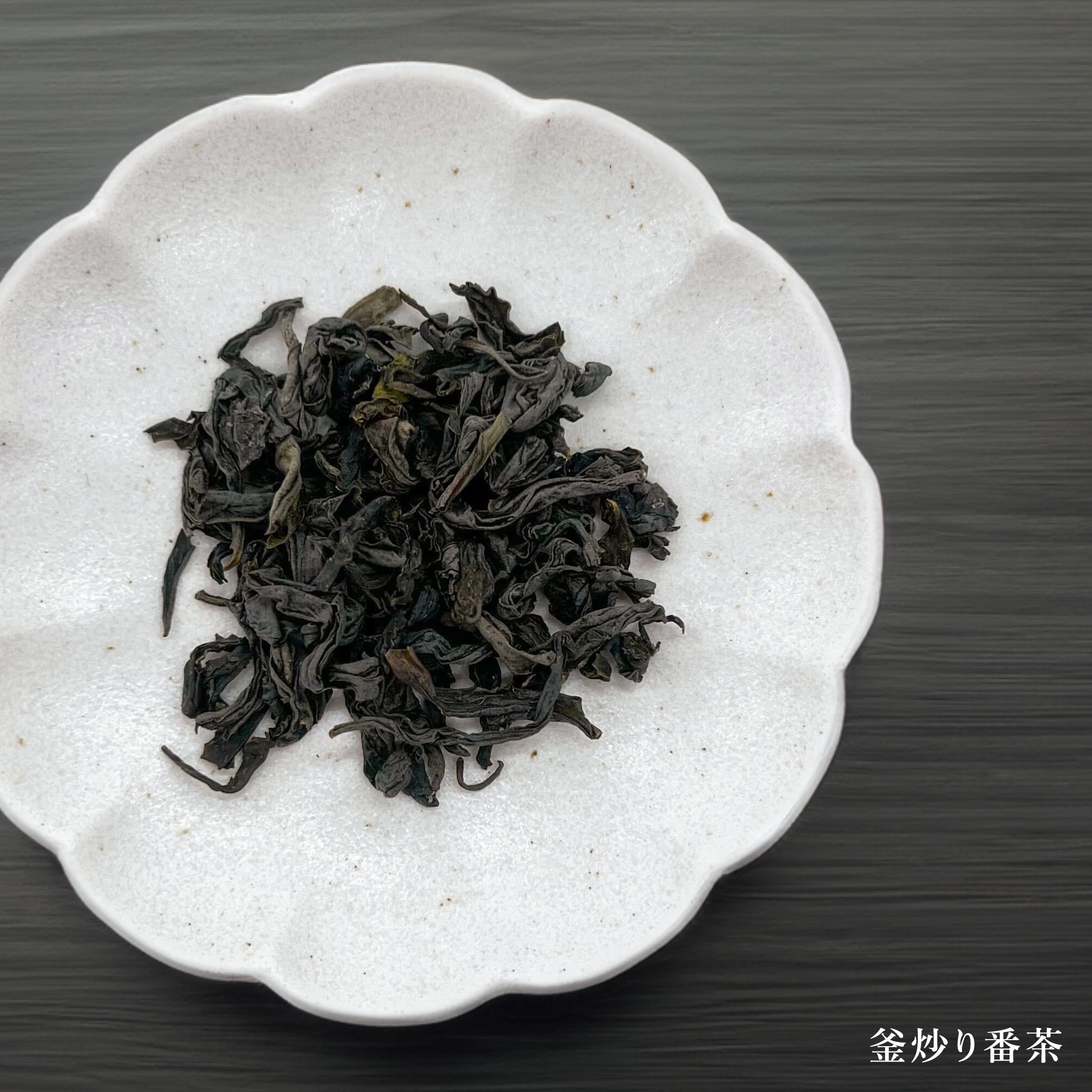Endangered teas
Endangered Teas
Japanese tea is one of the proudest cultural assets of Japan. Today, there are some Japanese teas that have only a few producers left and others that are in danger of extinction due to changes in the production environment. Endangered species can teach us the opportunity to transform our behavior by learning why the species is now in danger. Through endangered teas, we will learn about social issues in Japanese agriculture and work together to find solutions.
SHOP
https://store.class-earth.com/collections/endangered-tea



The art of bonsai, “Kengo Bonsai Gallery,” was used for the packaging of this “Endangered Tea”.
Bonsai, which can live beautifully for even a thousand years with human care, is recognized around the world for its high value.
We put our wishes for the survival and prosperity of endangered tea into such sustainable art, which is a proof of the symbiosis between humans and nature.

A portion of the proceeds will be donated to WWF Japan.
For each purchase of an endangered tea, we will contribute 100 yen to WWF Japan. WWF is an environmental conservation organization active in over 100 countries, founded in Switzerland in 1961. With the goal of achieving a future where people and nature live in harmony, WWF is dedicated to promoting the realization of a sustainable society. They work towards the recovery of the richness of biodiversity, which is rapidly declining, and the achievement of a decarbonized society to prevent global warming. This involves the conservation of rare wildlife and the promotion of sustainable production and consumption.
For more information, please visit: https://www.wwf.or.jp/

We are pleased to announce that we have been selected for a ★ (one-star) rating in the “Sustainable★Selection 2024,” co-hosted by Alterna Inc. and the Sustainable Management Association, announced on Thursday, June 20, 2024.
Additionally, we will be exhibiting at the “1st Sustainable★Selection EXPO in Kyoto,” which will be held on Friday, June 28, and Saturday, June 29, 2024.
About Sustainable★Selection
https://sustainableselection-list.com/expo_kyoto/about_ss/
TEA LIST

We have curated a special assortment featuring three endangered teas: “Kama-iribancha,” “Batabata-cha,” and “Ishizuchi Black Tea,” elegantly wrapped in exquisite FSC-certified Japanese paper. Indulge in the rich and diverse flavors that vary based on the origin and manufacturing methods of each tea.
Enjoy a luxurious moment with these beautiful and delicious teas, and take a moment to contemplate the importance of preserving nature and traditional culture from various regions of Japan for future generations.

Batabata-cha (Japanese dark tea)
Production area:Toyama Prefecture
At first, a nostalgic aroma of being in a country house rises along with the fragrance of burnt wood and a bitter and sweet aroma reminiscent of cocoa. In the mouth, there is a slight sourness and a clear sweetness like mizu-yokan (Japanese confectionery, soft and sweet bean jelly). A pleasant astringency, accompanied by nuances of nuts and tortoise shell candy, rounds out the lingering taste. It has a gentle taste that puts your mind at ease.
History, details
It is said to have been drunk in the Asahi-machi area of Hirudani (Birudan) since the Muromachi period (1333-1573). It is a type of black tea that is lactic acid fermented, not by the enzyme power of the leaves, but by yeast mold. The name “Batabata-tea” comes from the fact that the tea in the bowl is whisked making a distinct sound with a tea whisk called meoto-chasen (husband and wife chasen) made of two bamboos tied together.
Contrary to its black appearance, the boiled tea is slightly sweet and easy to drink, and the more it is whisked, the more the bitterness is suppressed and the sweeter it tastes. Polyphenols, which exhibit antioxidant properties, have also been identified.

Kama-iribancha (roasted green tea)
Production area:Wakayama Prefecture
At first, the tea has a sour aroma like that of plums, with a hint of smoky flavor. In the mouth, one can taste an astringent taste similar to that of green plums and a calm sweetness, and the aroma that passes through the nose is refreshing. The mellow aroma and never-ending flavor can be enjoyed with traditional tea porridge or paired with a meal.
History, details
Kama-yoribancha, which has been handed down from generation to generation in the mountainous area of Hongu in the Okukumano region, is made using a traditional method that has a long history: only the first and second leaves are hand-picked, roasted in a kettle, carefully rubbed, dried in the sun, and finished in a small workshop in the tea plantation by kama-iri*1.
The method of heating the sprouts to inactivate the enzymes and then rubbing them to finish is considered the prototype of today’s mainstream sencha*2, and this type of tea is thought to have been the predominant type of tea in the past.
*1 Kama means kettle in Japanese and Iri means a verb for roasting
*2 Japanese green teas that are steamed, rolled and dried.

Ishizuchi Kurocha (Ishizuchi black tea)
Production area:Ehime Prefecture
At first, it has a sharp sourness like blackcurrant, followed by a sweet sourness like apple cider vinegar. In the mouth, spicy aroma like cinnamon and sweet and sour aroma reminiscent of tomatoes and grapefruits pass through to the nose. The palate is then gently closed with a mild acidity and umami like that of yogurt. If you prefer a mild acidity, we recommend cold brew.
History, details
Ishizuchi, a famous mountain in western Japan, at the foot of the mountain, the production process was handed down by a Japanese Buddhist Monk named Kukai, and all processes are still carried out by hand. Among the precious post-fermentation teas, of which there are only four in Japan, the two-stage fermentation tea is even rarer, with its distinctive deep aroma and refreshing sourness. It is called “phantom tea” due to its revival from endangered status, and is now designated as an Intangible folk cultural asset.
